Castell y Bere | Visit Amazing Welsh Castles
Castell y Bere is in the Dysynni Valley in Gwynedd, North Wales. It is a remote stone castle built by the native Welsh during the 13th century. The castle overlooks the valley from a rocky ridge near the village of Llanfihangel-y-Pennant.
It is unique as it was constructed by Llywelyn the Great, Prince of Gwynedd, rather than by Norman invaders.
The castle is now in ruins, but it remains an important historical site. Visitors can explore its remains for free, learning about Welsh resistance to English conquest. Its rural setting also offers views of the surrounding hills and farmland.
Quick Facts
Location: Llanfihangel-y-Pennant, Gwynedd, North Wales
Type: Native Welsh stone castle
Built: Circa 1221 by Llywelyn the Great
Purpose: Defensive stronghold of the Welsh Princes of Gwynedd
Key Events: Captured by English forces in 1283 during Edward I's conquest of Wales
Current Status: Ruined; managed by Cadw
Entry Fee: Free admission
Dog-Friendly: Dogs allowed on leads
Parking: Small free car park nearby
Accessibility: Steep, uneven terrain; not suitable for wheelchairs or prams
Brief History
The castle was commissioned in 1221 by Llywelyn ap Iorwerth, known as Llywelyn the Great. He seized land from his son Gruffudd to build a stone castle on a rocky ridge, securing Gwynedd’s southern frontier and key mountain routes through the Dysynni Valley.
Following Llywelyn’s death in 1240, his grandson Llywelyn ap Gruffudd added a south tower to enhance accommodation within the courtyard. This continued the Welsh tradition of “contour” castle design, blending with the rock, using elongated D‑shaped towers for both defence and status.
During Edward I’s conquest of Wales, the castle was besieged and captured on 25 April 1283. The English then appointed Master Bertram and workers to begin repairs . Edward visited multiple times in 1284, built a small town nearby, and entrusted Walter of Huntercombe with strengthening the fort, investing over £300 in structural improvements including linking walls and a new chamber.
In October 1294, Madog ap Llywelyn led a major Welsh uprising. Though its precise end is uncertain, the castle was likely burnt and retaken during the revolt. Edward I did not restore it. By the 16th century, the site had fallen into ruin. In the 1850s, William Wynne cleared the undergrowth, and in 1949 Cadw took guardianship, preserving it as a scheduled monument.
The castle remains on its original rocky outcrop, with defensive ditches carved into stone. Its Welsh features, such as apsidal towers and sophisticated double-gate entrance, still survive, offering insight into native castle-building.
Features and Layout
It occupies a long, irregular plan carefully aligned with the crest of the rocky ridge. The steep slopes on the north, west and east sides offer natural defences, while the south-west side is fortified with rock‑cut double ditches to strengthen the castle’s most vulnerable approach.
Towers
North Tower: An apsidal (D‑shaped) tower standing on the north-east corner. It likely contained the main hall or chapel and was richly built with a central hearth for heating.
South Tower: Another D‑shaped tower at the southern end. It features thick walls and first‑floor accommodation. Historical note: architect K. Steele remarked its isolation from the rest of the castle made it serve as a bergfried, a final stronghold.
Middle (Rectangular) Tower: Located at the highest point, measuring roughly 14 × 11 m, this structure may have served as a keep with two storeys and access via a stone staircase likely added by the English.
Cylindrical Tower: Positioned adjacent to the entrance barbican, this tower guarded both the main gate and a postern (secondary exit). It provided access to the zwinger (outer ward).
Entrance Complex
The entrance is among the most elaborate null Welsh defences of its era. It comprises:
A triangular barbican with its own round tower overlooking the approach.
Two gatehouses, each equipped with drawbridges and possibly portcullises.
Four sequential defences: rock‑cut ditches, a drawbridge, the first gatehouse, a second drawbridge, and a second gatehouse.
Cadw describes it as “extremely advanced for its time… even by English standards”.
Courtyard and Domestic Buildings
The castle encloses a courtyard approximately 90 × 35 m, surrounded by 2 m‑thick curtain walls, which housed several internal buildings. These included kitchens, pantries, stables, and a central well (or rain‑water tank). On the north wall, one building featured internal stairs and access to latrines, hinting at multi‑storey use .
Stonework
Unusually for a Welsh-built castle, it featured decorative carvings, including statues of soldiers and floor tiles. Only Criccieth rivalled it in ornamental stonework. Historian Lawrence Butler described it as among the finest 13th-century stone carving in Wales.
These architectural elements are visible in the current ruin. Notably, visitors can still see rock-carved entrance steps, remnants of the deep ditches, and traces of the well within the courtyard, all conveying the original scale and layout of the castle .
Did You Know?
Castell y Bere was one of the very few castles built by a native Welsh prince to feature advanced stone defences. Its sophisticated gatehouse and apsidal towers reflected a deliberate effort by Llywelyn the Great to rival the architectural power of Anglo-Norman castles.
Images
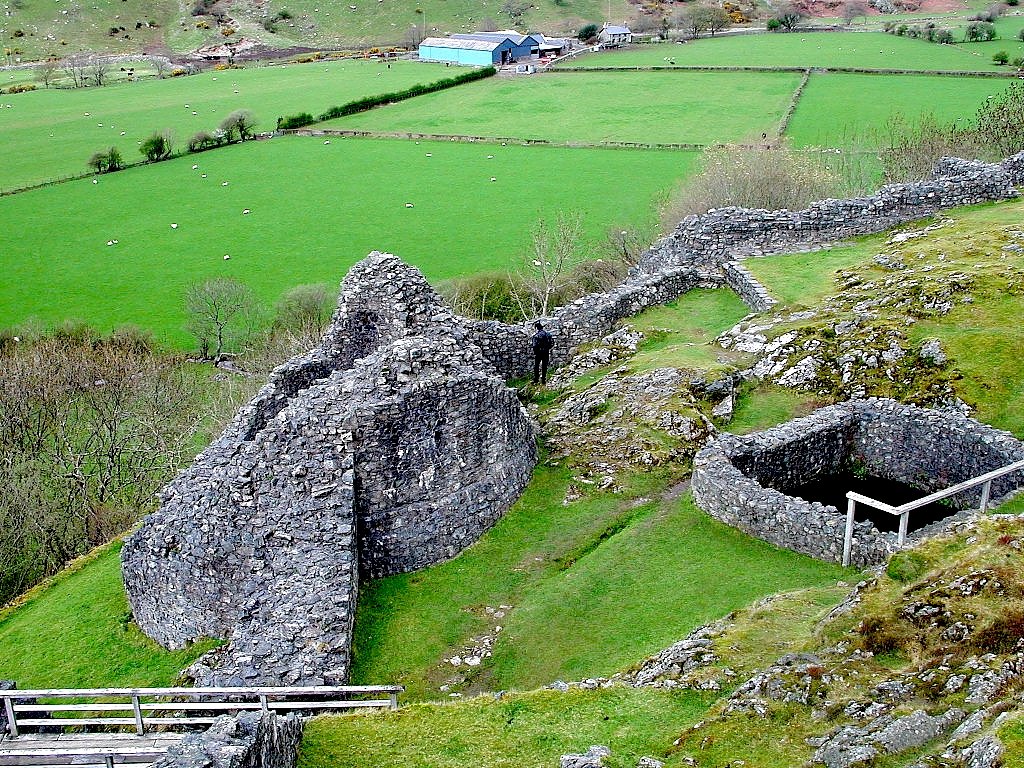
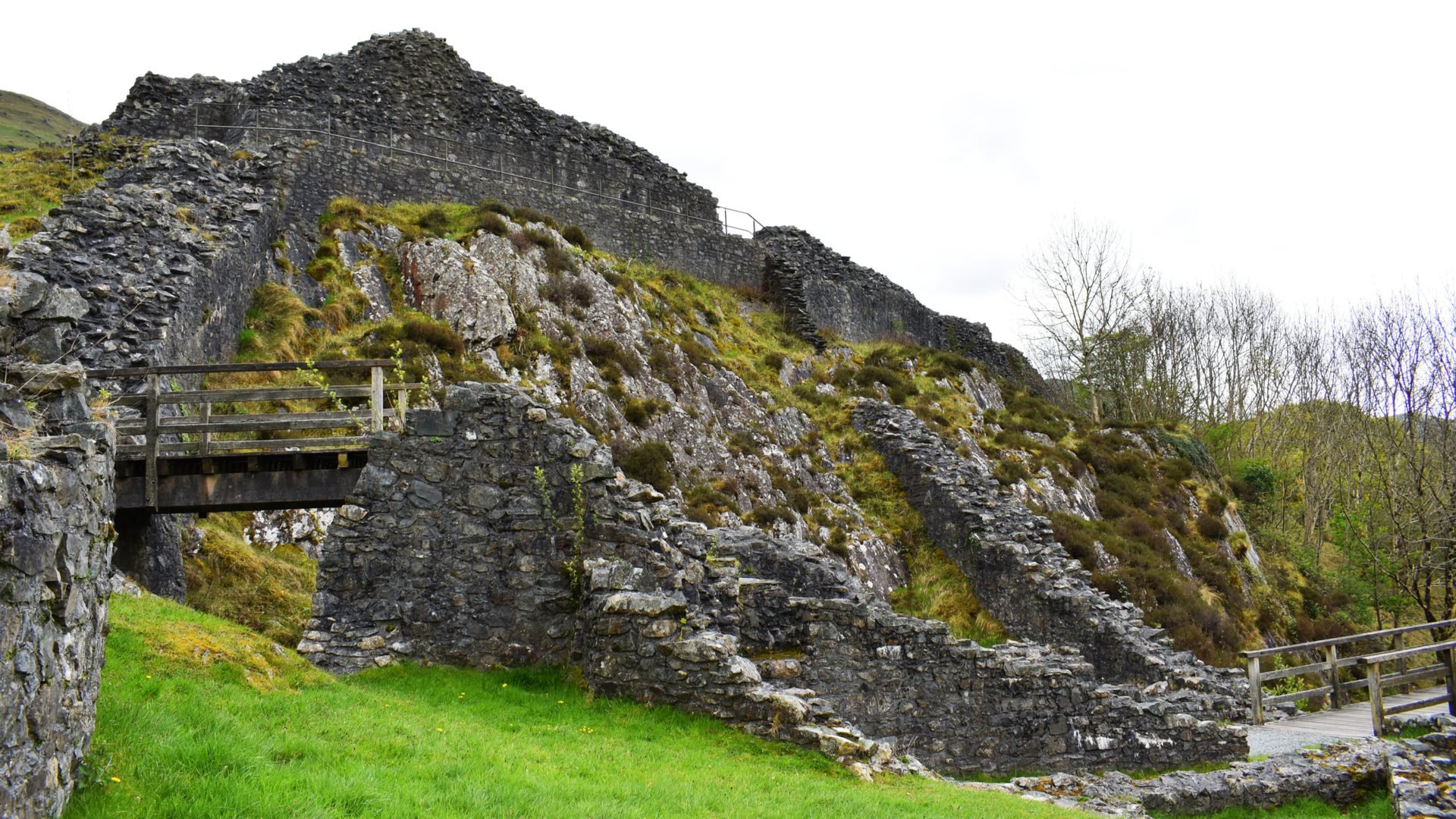
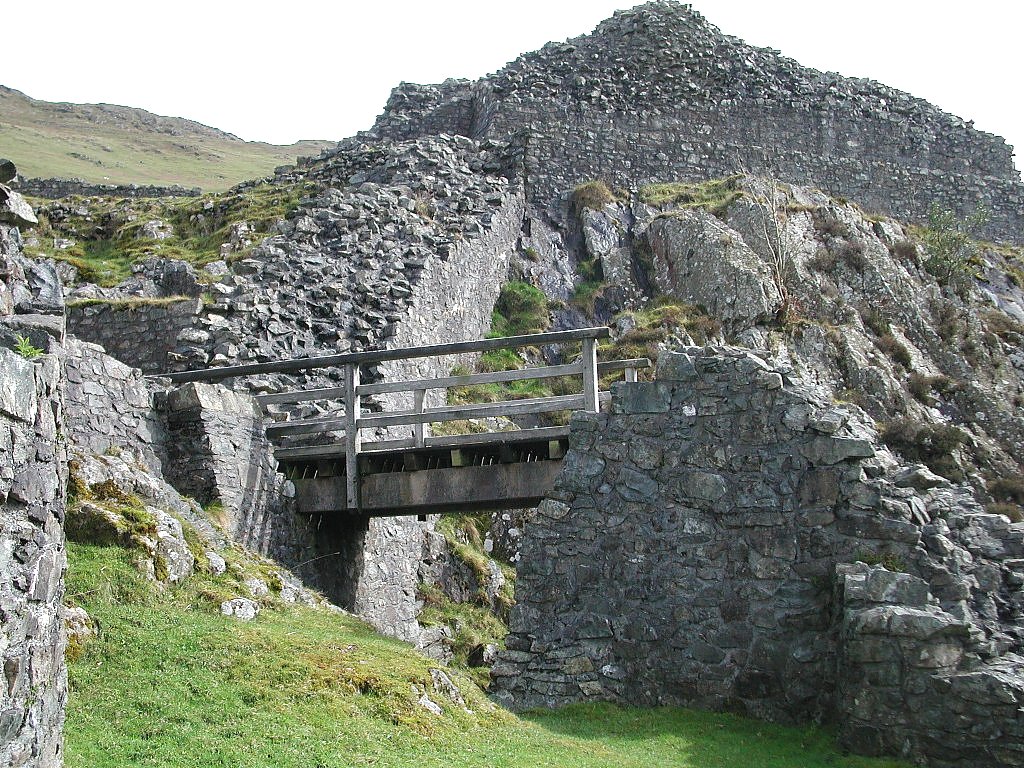
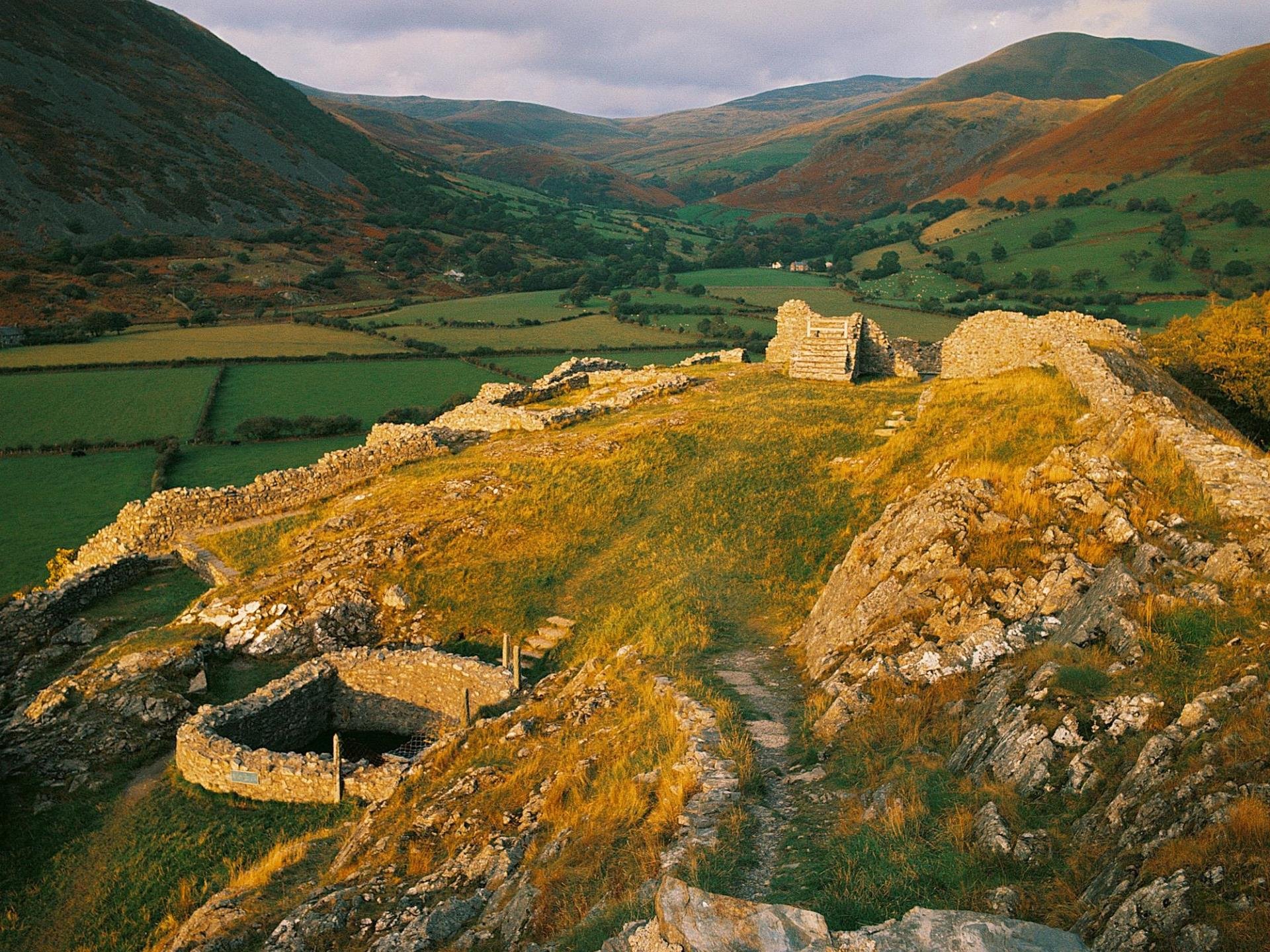
Legends and Stories
The castle is rich in local folklore. Here are two notable tales:
“Poet or Madman”
Local tradition holds that spending a night on the ridge where the castle stands brings transformation: you will wake either inspired as a poet or tormented as a madman. This vivid saying highlights the castle’s wild and isolated atmosphere.
Ghostly Watcher at Dusk
Visitors have reported hearing eerie screams and seeing a lone soldier’s apparition at dusk. According to many accounts, the figure appears near the ramparts and then vanishes into the twilight.
Visiting
Cadw welcomes you to visit the castle free of charge, all year round.
Opening times
Open during daylight hours daily from 1 April to 31 March. Closed on 24–26 December and 1 January. One visitor noted access from 10 am with last entry at 4 pm .
Admission fee
Free entry .
Directions & parking
Located at postcode LL36 9TS near Llanfihangel‑y‑Pennant. A small car park (4–12 spaces) lies within a 5‑minute uphill walk ; B4405 route via Abergynolwyn is best.
Access & terrain
The path is uphill and rocky; steep and strenuous terrain means unsuitable for wheelchairs and prams .
Facilities
No toilets. Picnicking possible; bike storage available. Dogs allowed on leads. Smoking and drones prohibited .
Visitor experience
A TripAdvisor reviewer noted "tucked away off the main roads" with significant ruins and scenic valley views.
Nearby Attractions
Tal-y-Llyn Lake (Llyn Mwyngil)
A natural glacial lake at the foot of Cadair Idris, about 2.6 miles from the castle. Ideal for scenic walks and boat trips.
Dolgoch Falls
A trio of waterfalls near Tywyn, approximately 3 miles away. Spots with picnic areas along woodland trails.
Cadair Idris Visitor Centre & Tea Room
Visitor facilities and refreshments at the base of the mountain, around 3.4 miles from the castle.
Cregennan Lakes
National Trust-managed small lakes offering peaceful walks and superb views, about 3.5 miles distant.
St Michael’s Church, Llanfihangel‑y‑Pennant
A Grade II* listed medieval church with 12th‑century font and a “leper window”, situated just east of the castle.
Visitor Tips
Wear sturdy shoes—paths to the castle are uneven and can be slippery after rain.
Visit early morning or late afternoon for quiet conditions and better photography light.
Take a picnic—there are no café or food facilities on site.
Bring water, especially in summer, as there are no shops or refreshment points nearby.
Dogs are welcome but must be kept on a lead at all times.
Combine with a walk in the Dysynni Valley or a visit to Tal-y-Llyn Lake for a full day out.
Mobile phone signal can be weak; download maps or guides in advance.
Remember that the site has no toilets—plan accordingly.
FAQs
-
Castell y Bere is accessible by car via the B4405 from Abergynolwyn. The nearest postcode is LL36 9TS. Parking is available in a small free car park approximately 5 minutes' walk from the ruins
-
Yes, children can enjoy exploring the ruins and natural surroundings. However, supervision is necessary due to steep drops and uneven surfaces.
-
Dogs are welcome on leads. There are no restrictions other than standard countryside access rules.
-
There are no on-site facilities such as toilets or cafés. The nearest services are in Abergynolwyn village.
-
The steep, rocky path and uneven ground make it unsuitable for wheelchair access or prams.
Wrapping it Up
This castle offers a unique insight into native Welsh castle-building during the 13th century. Built by Llywelyn the Great, it served as both a defensive outpost and a symbol of Welsh authority in Meirionnydd. Today, visitors can explore its surviving towers, defensive ditches, and advanced gatehouse remains. With free entry and a scenic setting in the Dysynni Valley, the castle is a rewarding visit for anyone interested in medieval history and Welsh heritage.
Sources
Cadw
Official heritage site with historical background, features, visitor details, and practical information.
https://cadw.gov.wales/visit/places-to-visit/castell-y-bereWikipedia
Comprehensive history, architectural developments, and timeline of the castle under Welsh and English control.
https://en.wikipedia.org/wiki/Castell_y_BereMedieval Heritage
Detailed analysis of the castle’s architectural style, defensive layout, and structural features.
https://medievalheritage.eu/en/main-page/heritage/wales/castell-y-bere-castleVisit Wales
Overview of the castle as a tourist destination, with key facts and local travel advice.
https://www.visitwales.com/attraction/castle/castell-y-bere-cadw-518051Mysterious Britain
Collection of ghost stories and supernatural folklore connected to the castle ruins.
https://www.mysteriousbritain.co.uk/hauntings/castell-y-bere/Castle Wales
Insights into local legends and the cultural significance in Welsh tradition.
https://www.castlewales.com/cybere.html
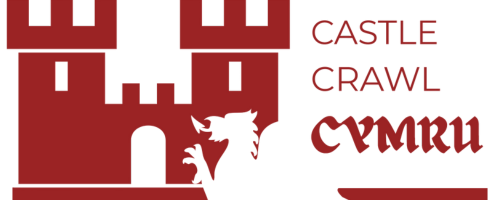

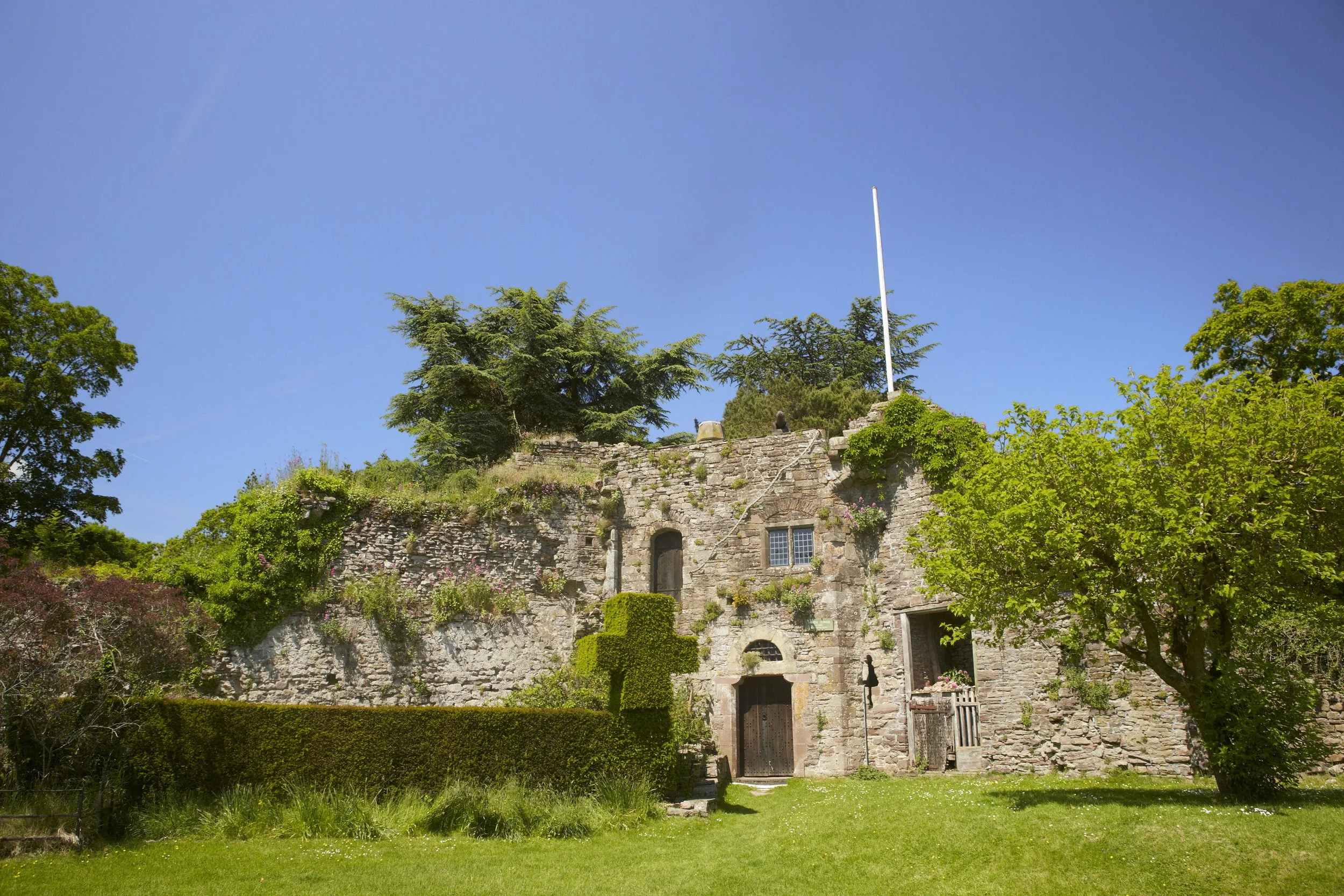
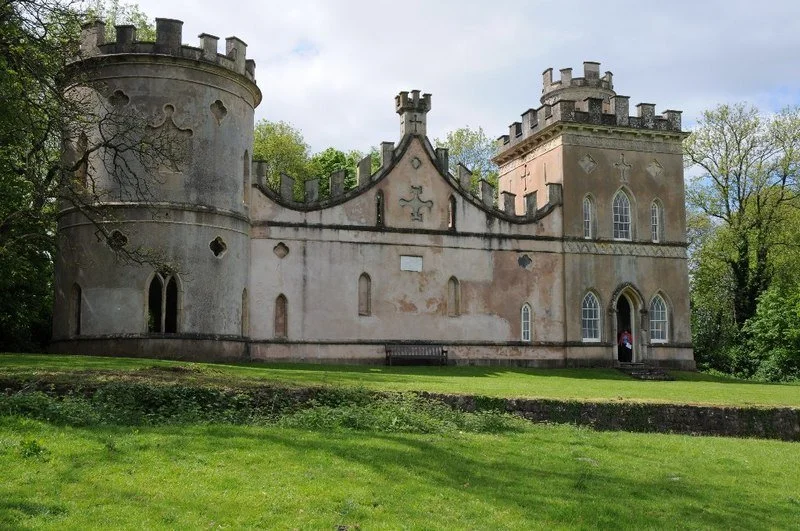
Cardiff Castle is a medieval and Victorian-era site in the centre of Cardiff, the capital of Wales.